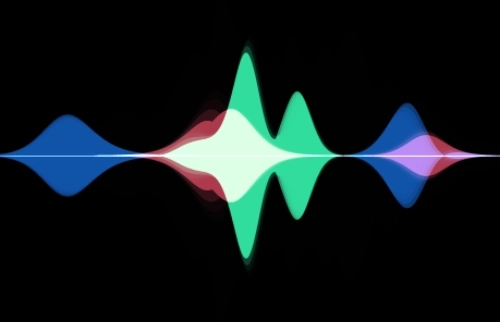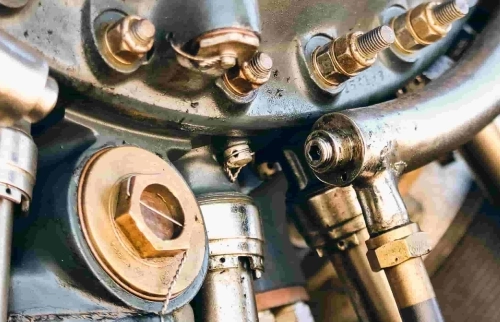Our intercom system is the software solution for speech or audio requirements in your individual product – tailored to your needs.
In the operating room hitch-free communication is vitally important. However, there are numerous electrical devices that produce noise or behave as obstacles in the speech paths.
Our intercom system improves this situation by combining microphones, loudspeakers, and optimized algorithms to distribute speech and therefore provides the foundation for more efficient surgeries. The system can be integrated into medical devices or into the furnishing of the operating room.
More use cases of intercom
Intercom is not restricted to medical environments. Generally, it simplifies speech communication in all environments that suffer from high-level background noise or moderately large distances between the interlocutors. Intercom addresses all these challenges and ensures hassle-free communication in environments, such as PA systems, conference rooms, audio/video chat, etc.









